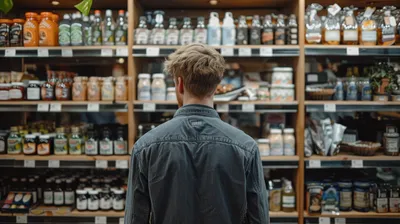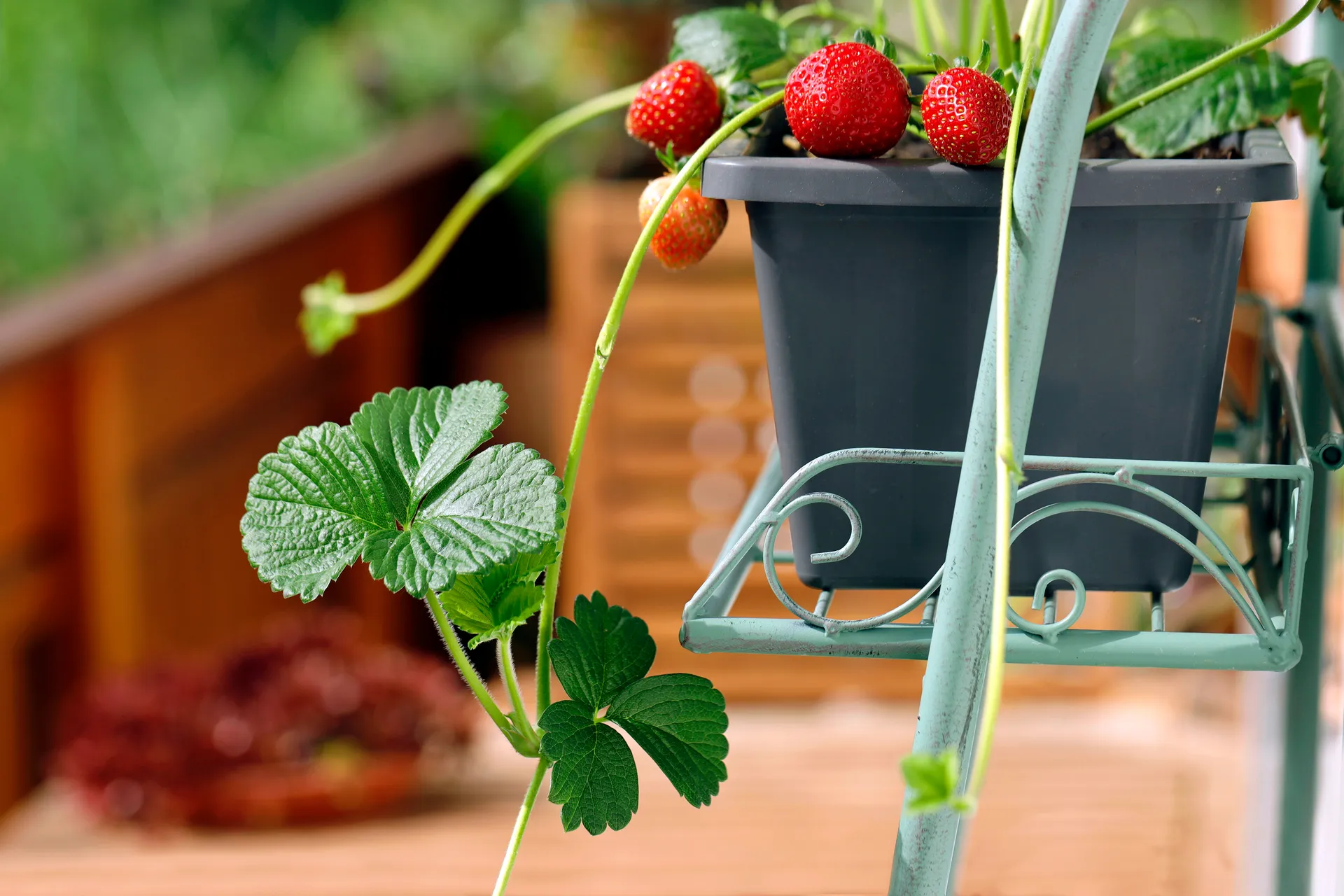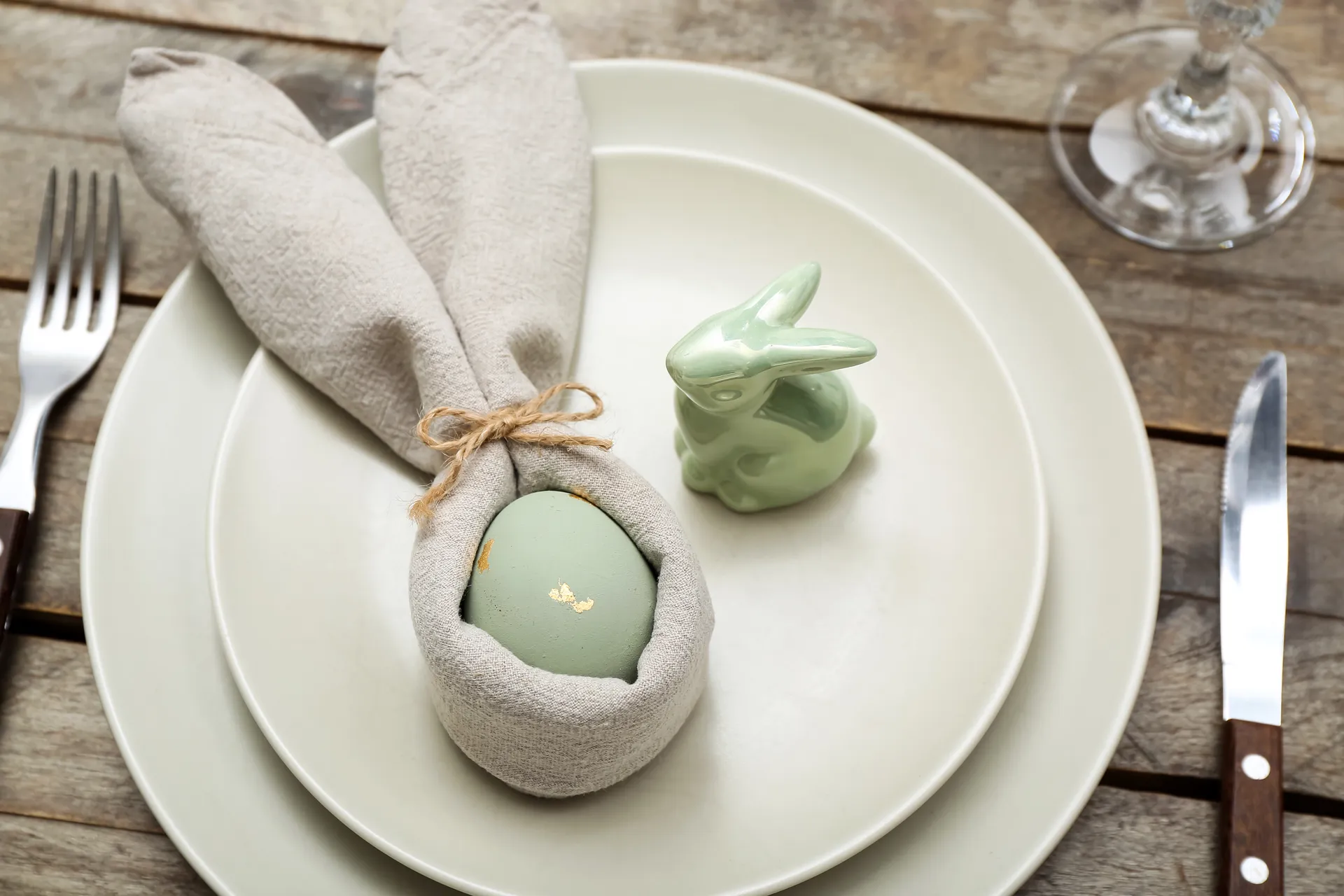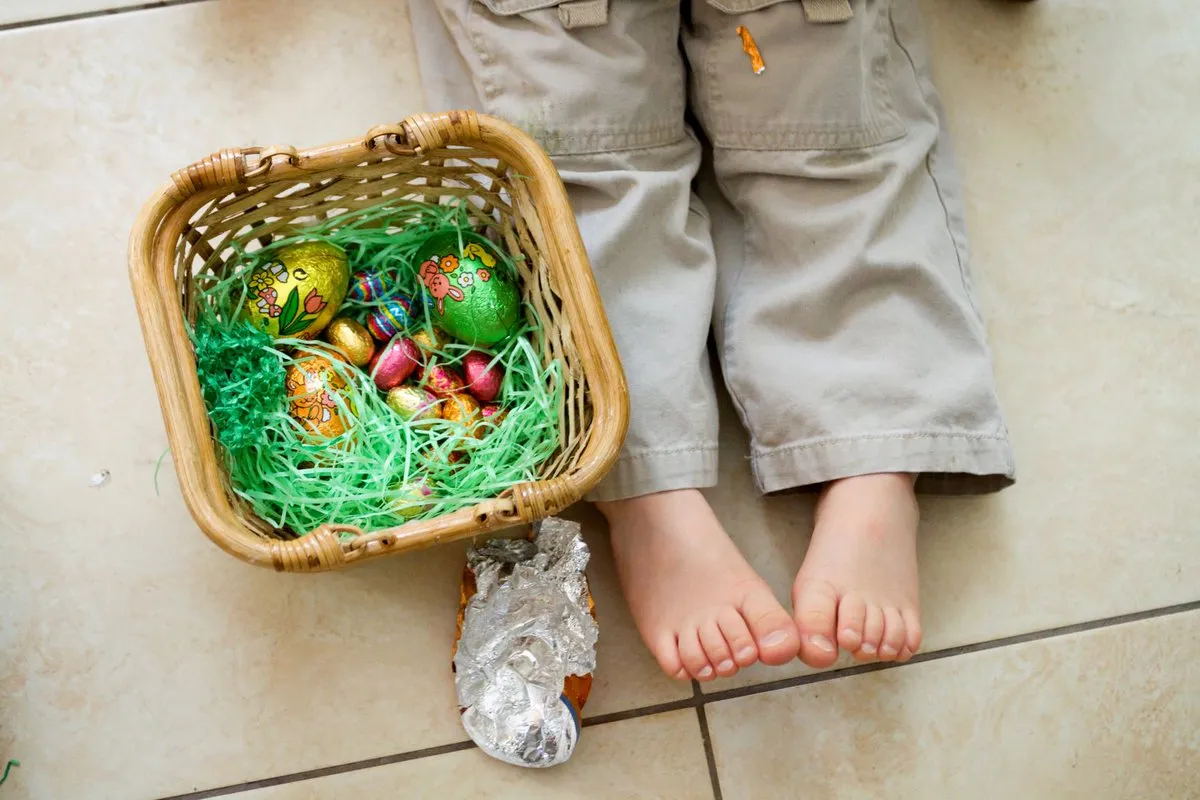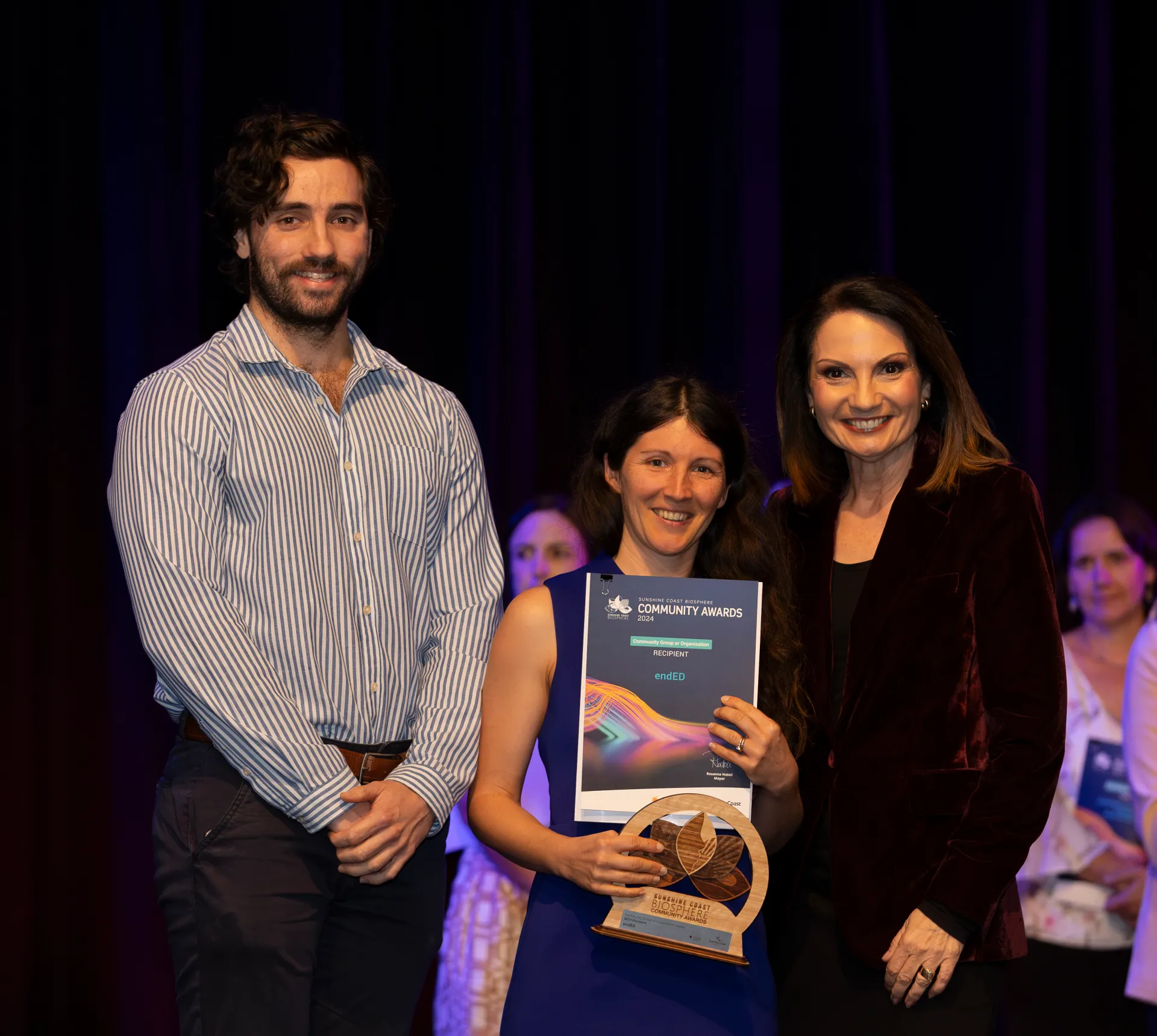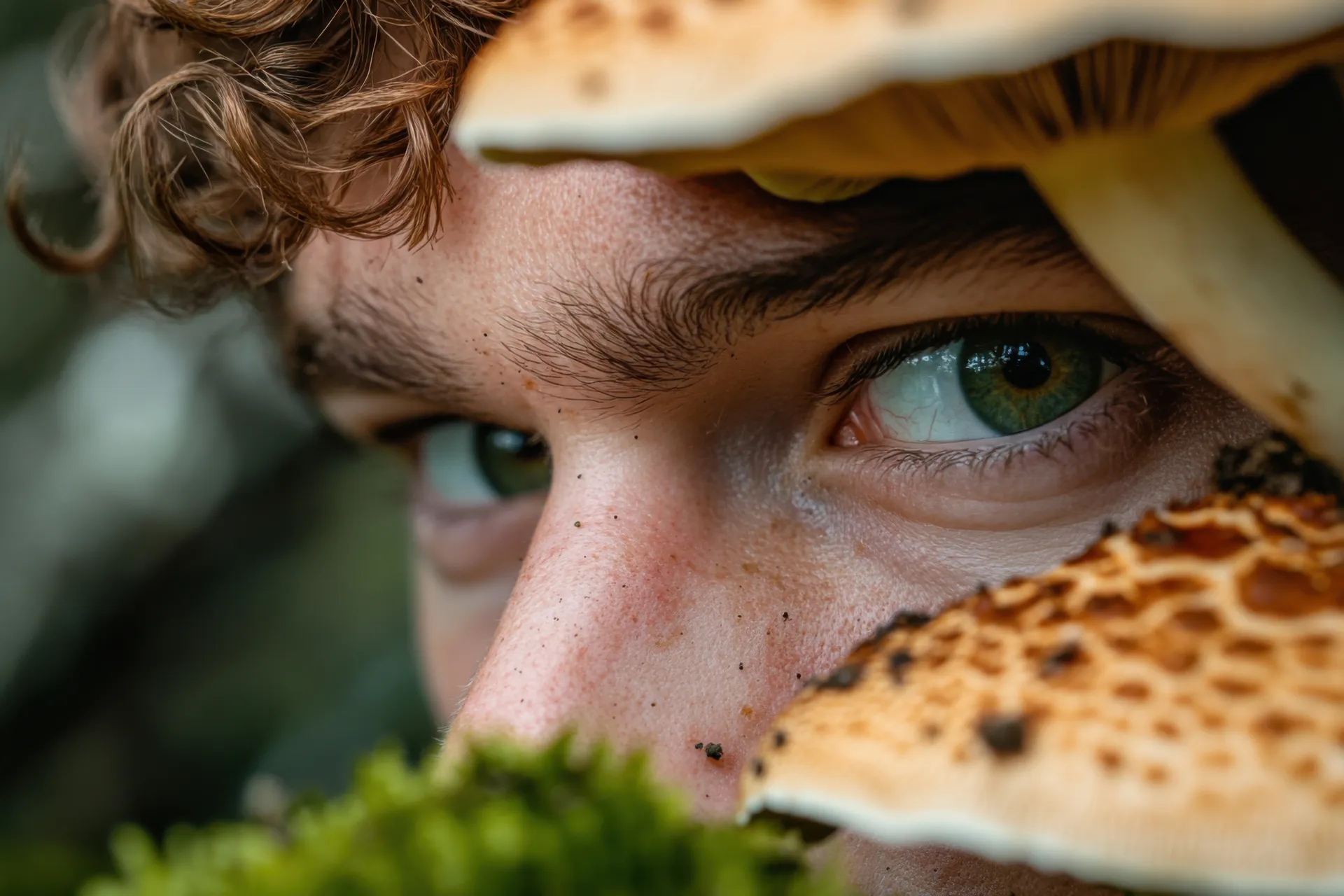Soap - the sustainability star of the bathroom
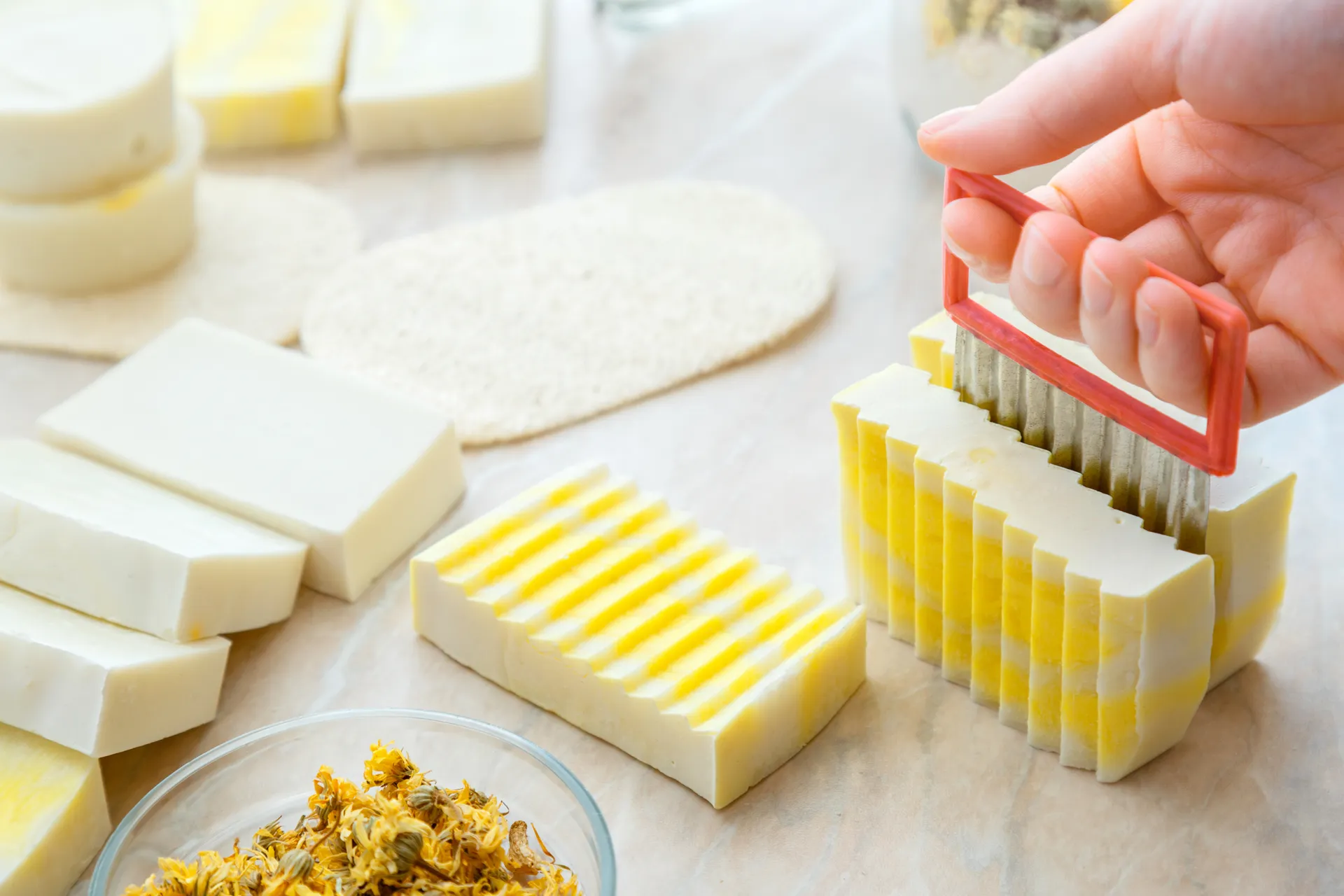
If your bathroom is harbouring more plastic than a Barbie playhouse, try the switch to soap
Reducing plastic in the bathroom can be as easy as grabbing a bar of soap, but if like many you remember the soaps of your childhood, you may be hesitant to make the switch.
Rest assured, the humble soap bar has come a long way and is quite rightly taking centre stage in bathrooms around the globe, but why?
They're simple
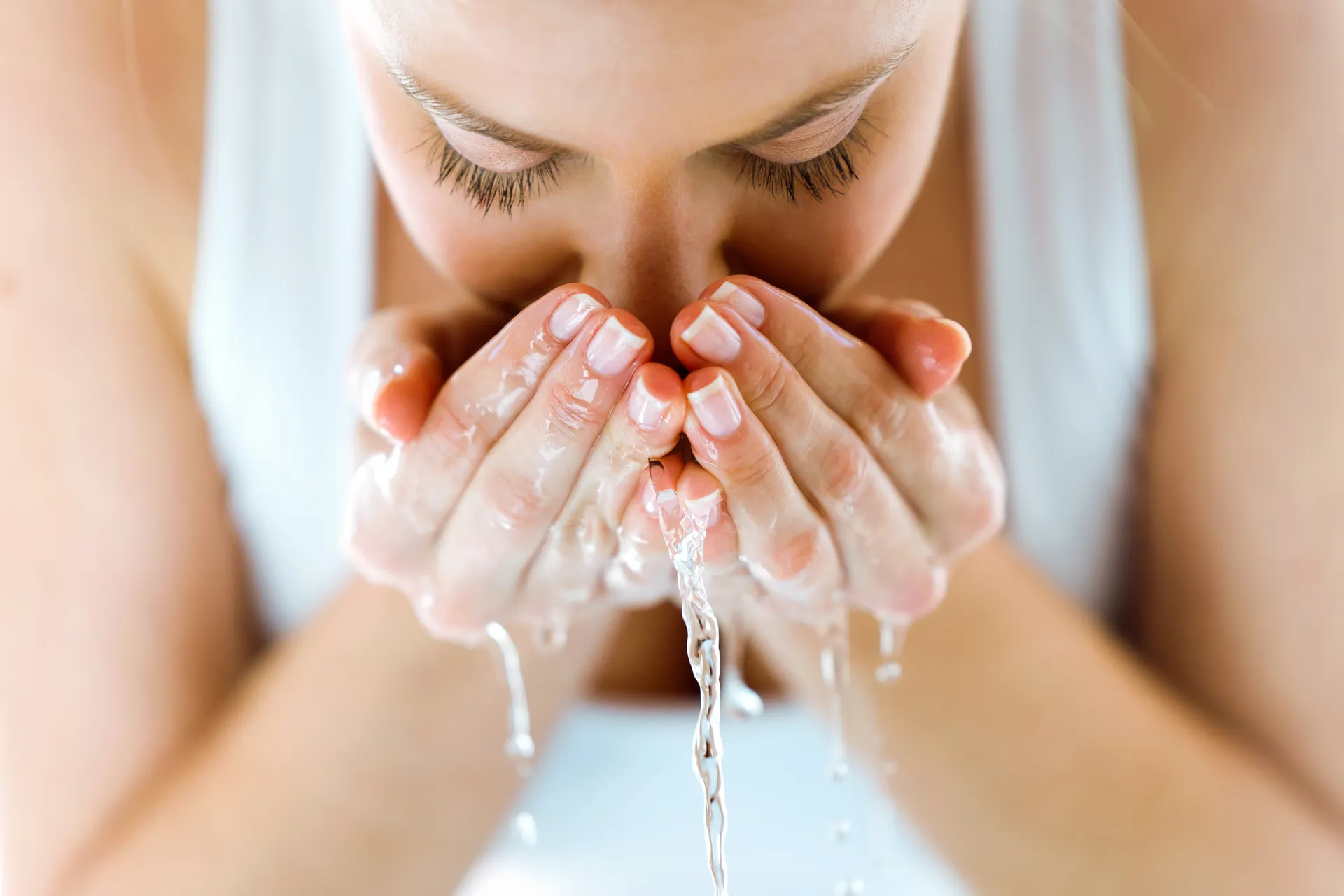
From taking up less space in the bathroom to simplifying your morning routine, soap provides a minimalist solution with a ton of benefits:
- less to throw away with most having little to no packaging
- enjoy more room in your bathroom cabinet
- streamline your beauty routine
- save money on buying lots of different products
They're natural
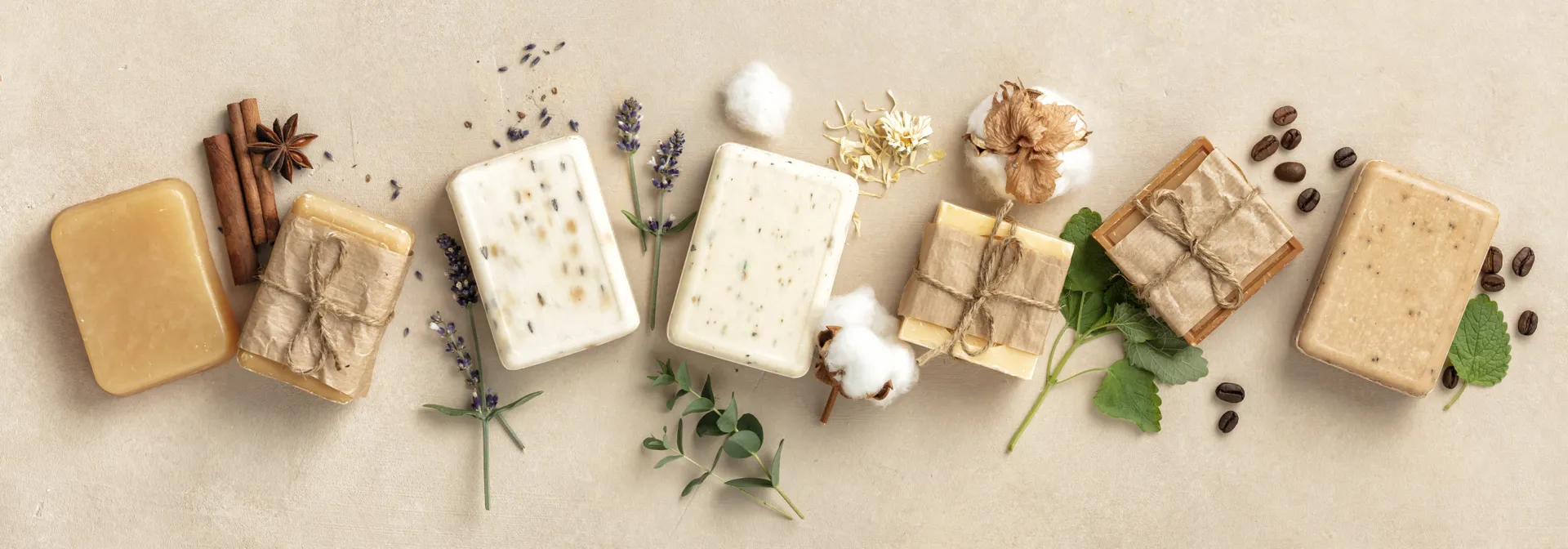
Many soaps look and smell amazing, studded with everything from cloves and caraway seeds to lavendar flowers but the real benefit is a list of ingredients you actually recognise.
- opt for soaps enriched with oils like olive, coconut or avocade to help bolster your skin’s protective barrier, maintain hydration, and regulate sebum production
- look for soaps coloured with natural clays, which not only look beautiful but also offer detoxifying and purifying benefits to balance your skin’s pH level.
You can make them yourself
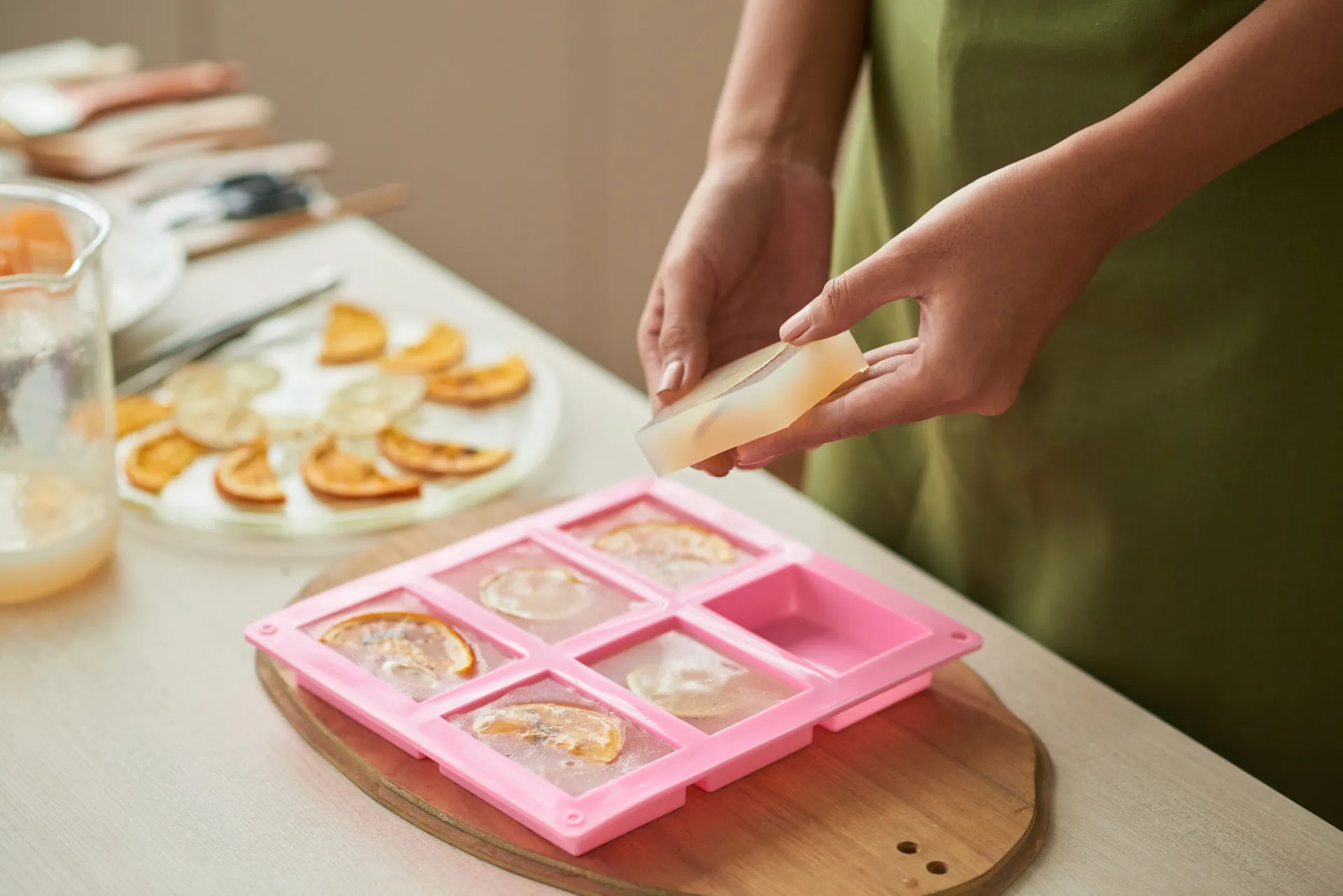
If you prefer to take control of your own journey, have a go at making your own. There are lots of recipes on youtube but here are a couple to get you started
Basic soap recipe
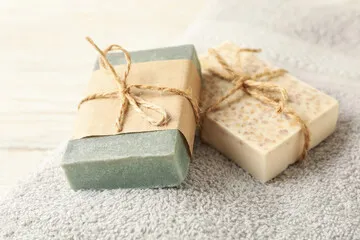
Ingredients:
- 2 cups of coconut oil
- 2 cups of olive oil
- 2 cups of distilled water
- ¾ cup of lye
Optional
- Lavender buds or essential oil for fragrance
- Natural colorants such as spirulina powder or turmeric
Instructions:
- Put on gloves, goggles, and a mask to protect yourself from the lye.
- In a well-ventilated area, carefully mix the lye into the water (never the other way around) and let it cool.
- Melt the coconut oil and olive oil together in a large pot on low heat.
- If desired, add lavender buds or a few drops of lavender essential oil for fragrance. You can also incorporate natural colorants like spirulina powder or turmeric at this stage.
- Once the oils are melted and the lye mixture has cooled, slowly pour the lye mixture into the oils, stirring constantly.
- Use a hand blender to mix the oils and lye until it reaches trace (when the mixture thickens to a pudding-like consistency).
- Pour the soap mixture into molds and let it sit for 24 hours.
- After 24 hours, remove the soap from the molds and cut it into bars.
- Allow the bars to cure for 4-6 weeks before using them to ensure a mild and long-lasting soap with the added benefits of lavender fragrance and natural colors.
Exfoliating body bar

Ingredients
- 10 drops essential oil - lavendar is a soothing and gentle choice
- 90g fresh or used coffee grounds
- 200g organic cacao butter (grated or finely chopped)
Method
- using a double boiler, melt the cacao butter over a low heat
- allow to cool to room temp
- add coffree grounds and oil and stir well
- pour into your chosen mould (silicon cupcake trays work well)
- place in freezer for at least 1 hour to set
- store extra bars in the fridge to stop them melting
How to use
- once a month, massage gently over damp skin, avoiding neck and face
- rinse well and pat dry
- NOTE: take care - oils can make the bath or shower slippery
